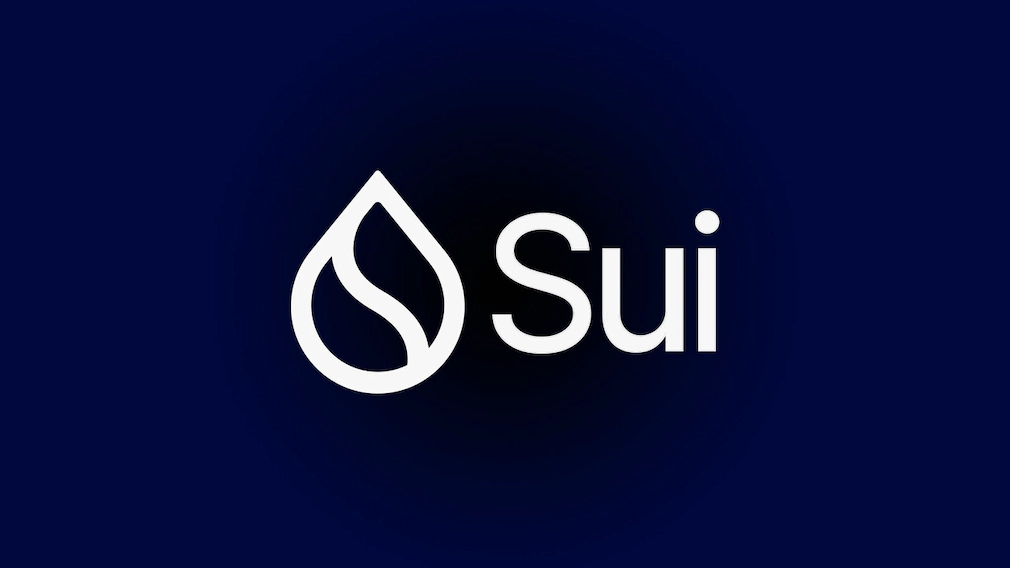
- A report by Grayscale, in which SUI was referred to as a “killer dap”, was called up more than 100,000 times and triggered a debate.
- SUI is supported by former Facebook talents, is programmed and scaled horizontally in Move without loss of performance.
Grayscale Research has also focused on the SUI network. Its technical design and user-oriented architecture are seen as a possible basis for the next decentralized crypto application or “killer-dapp”
The Sui Blockchain, which was launched in 2023 by former engineers of the DIEM project of Facebook, recorded strong growth in network activity and the development of the developers in 2024 and 2025.
The Grayscale published Study explains how SUI power, predictability and user -friendliness combine in a way that is attractive for both end users and developers. The report was called up more than 100,000 times online and triggered discussions in the investor communities. Some have even started to call Sui as “wet chain” and predict his rise in the area of smart contracts.
Sui (@SuiNetwork) is a next generation blockchain that prioritizes two things: usability and scalability. Built by the team behind @facebook‘s Diem project, we believe Sui is well positioned to enable crypto’s next "killer application."
Read the latest from Grayscale Research
…
— Grayscale (@Grayscale) July 9, 2025
Mysten Labs, the company behind SUI, employs over 100 people, more than 75 of whom have a doctorate. It is headed by CEO Evan Cheng and CTO Sam Blackshear, both of whom were significantly involved in Meta’s crypto strategy. Mysten not only builds up the blockchain infrastructure, but also brings products based on it to the market and thus creates a fully integrated stack.
Facebook programming language Move drives the Sui framework
Move, the programming language used by SUI, was originally developed on Facebook and is known for its strong security functions. It helps developers to avoid frequent weaknesses, which is particularly important for applications that process financial transactions. Sui differs from Ethereum and Solana by using an object -based system that processes transactions in parallel and not sequentially, which increases the transaction speed and reduces the networks.
The ability of SUI to scale horizontally is a unique feature that enables Validiers to increase throughput by adding hardware without being latency, which is unusual for most blockchains these days. Sui uses a quick path for basic assets to achieve immediate final. All of these functions contribute to what Grayscale calls the “highest theoretical throughput” among the large Smart Contract networks.
Although the current transaction speeds remain behind Solana, Grayscale believes that Sui’s performance will improve with increasing acceptance. The network currently offers low fees-about three times lower than Solana and more than 100 times lower than Ethereum, which makes it attractive for both users and developers.
System grows – but sales are $ 15 million
SUI has grown exponentially in 2025, with the number of monthly active users increased from 10 million to over 40 million. This made SUI number two at Smart Contracts. Applications such as RECRD and FAN TV brought millions of customers into the net and promoted the acceptance of SUI-based tools.
The SUI system also includes DeepBook, an order book in institutional quality that drives decentralized stock exchanges, and Walrus, a decentralized memory with 80 % cost savings compared to replacement products such as Filecoin. Ika, a new solution for the fact that the direct exchange of assets between networks without bridges or enveloped tokens, should come onto the market in mid -July.
In addition, Zklogin enables users to authenticate themselves via Google or Twitch accounts, which means that the usual onboarding hurdles for cryptocurrencies are eliminated. Sponsored transactions enable the use of applications without ever having a wallet or having to pay the costs for gas.
Despite increasing user numbers, SUI is lagging behind in the income: For 2025, only $ 15 million of annual fees are expected, compared to USD 500 million in Ethereum and Solana, which is partly due to the lower transaction fees and earlier monetization. With an evaluation of USD 10 billion, only 33 % of the tokens are in circulation; Future activities will continue to burden the price, although acceptance could cushion the risk of inflation.

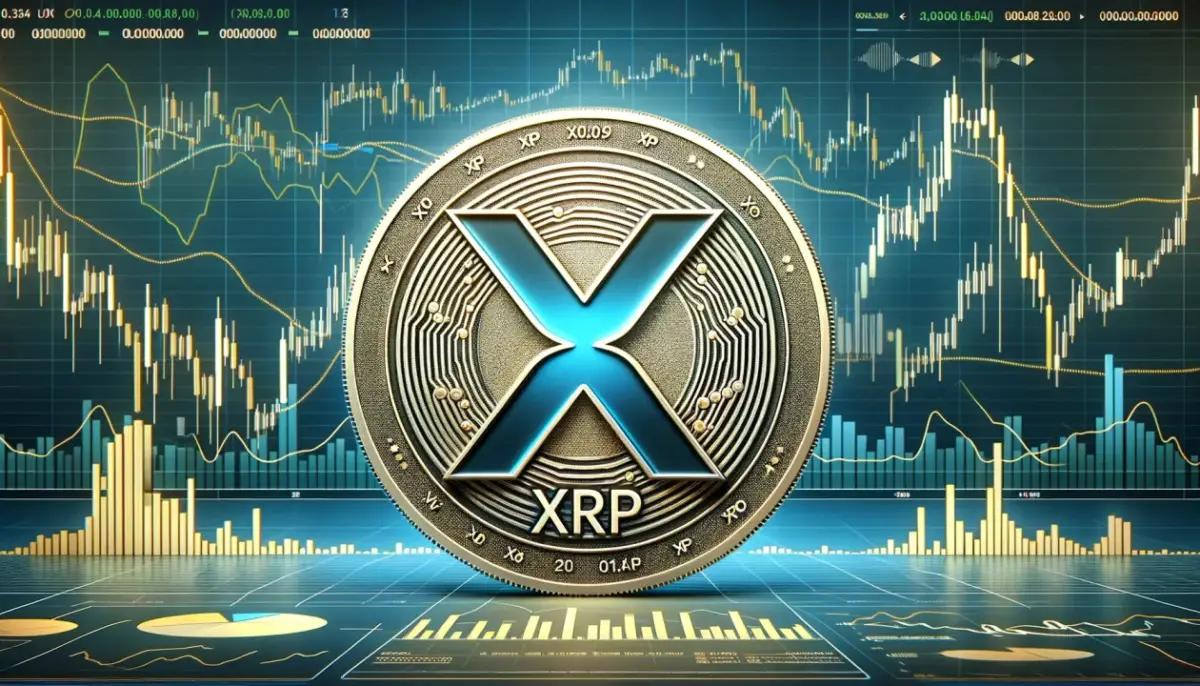
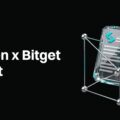
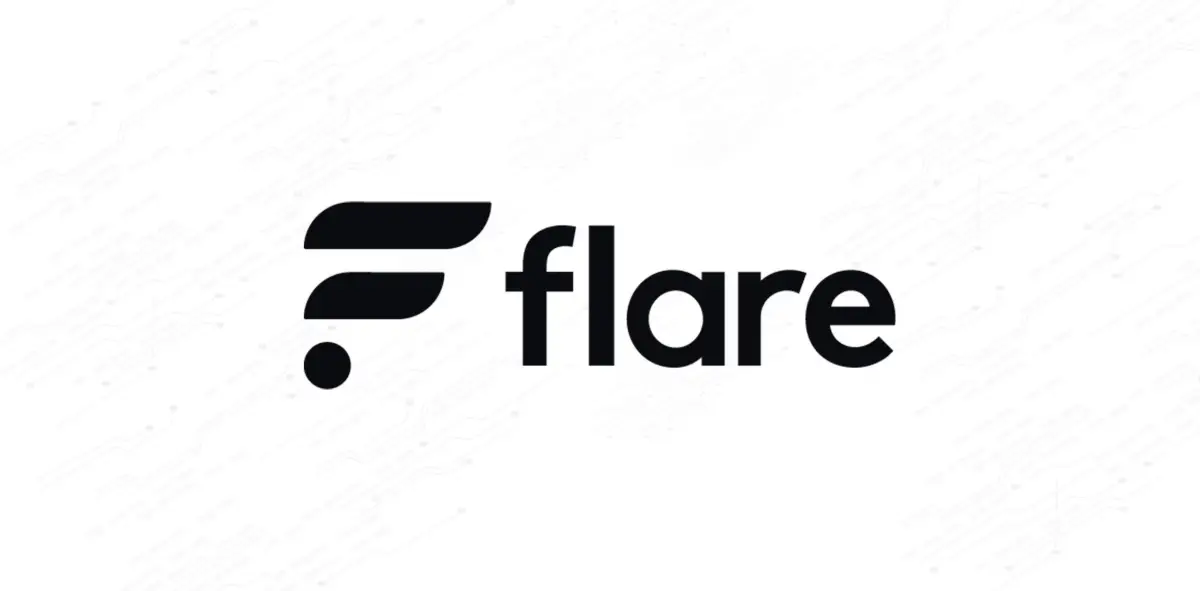


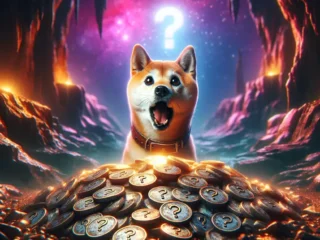
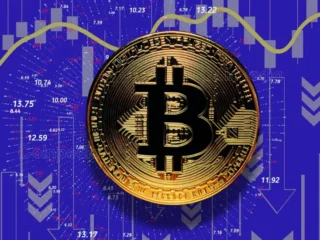
No Comments